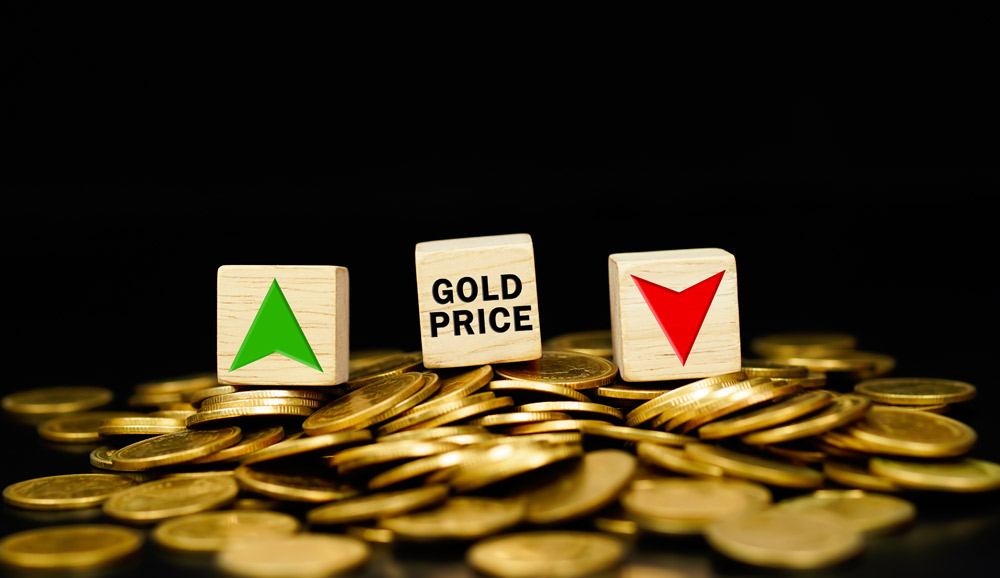Gold has been a valuable and respected asset for thousands of years, and its presence in our lives continues to be felt through old and new cultures alike.
In the modern western world gold is an essential part of many people’s investment portfolios, and it ranks alongside oil, real estate, and stocks as a reliable asset for traders. Being easy to liquidate, a stable store of value and used as an excellent hedge against long term inflation makes gold an attractive commodity.
Since 2013, gold has experienced peaks and troughs but has steadily increased in value as expected.
-
The Rise
From 2013 to 2016, gold prices steadily rose. As investors around the world looked for a safe-haven asset, gold was seen as a worthy place to store money.
Purchasing gold gave investors relative peace of mind, as gold has historically maintained its gold pricing against inflation in all but the most extreme circumstances.
Additionally, a diversification effect was seen as investors looked for more and more as a way to buffer their portfolios against any sort of global economic shock.
Gold saw higher prices in 2015 and 2016, as fears mounted over the Brexit decision and China’s economic slowdown.
Starting in 2018, gold prices experienced a record-breaking surge, eventually reaching a high of almost £1,200 per ounce by August of 2019. During this period, gold averaged yearly gains of around 30%, which was significantly better than the S&P more than.
-
The Dip
In the months following 2019’s peak, gold prices experienced a sharp decline. U.S.-China trade tensions eased, the U.S. dollar strengthened, and the global economy generally looked more stable. However, this dip did not last long.
Gold’s narrative shifted from a haven to a necessary means of saving. Most of these price movements were seen in 2020, due to the outbreak and spread of the COVID-19 pandemic and the borrowing of billions of dollars by governments to prop up their economies during lockdowns.
But the rise of gold prices is not limited to the pandemic. The potential for high inflation and general loss of confidence in supply chains and the stock market were also factors that contributed to the increase, peaking recently in May 2023 at £1659 per oz.
-
The Future
It is difficult to predict where gold prices will go from here, but many believe that gold’s position as a safe-haven asset will cause it to continue to rise in the future, despite short-term falls in mid-2023.
Gold prices will continue to be beholden to an ever-changing economic climate and geo-political landscape with the continuance of the Russia Ukraine conflict and BRICS nations threatening the long-term position of the US petro dollar. Late 2023 and 2024 could potentially see a continued more modestly increasing trend, with gains in line with the historical average as inflation continues to increase coupled with banks and governments looking to secure against potential shifts in the geo-political landscape.
As with any commodity, predicting the future is a risky endeavour that takes analysis and a keen interest in subjects that may seem unrelated but weave a tapestry in predicting the market.
Despite the recent dip in prices, gold remains as ever a highly viable long term investment option, and its worth should not be underestimated.





